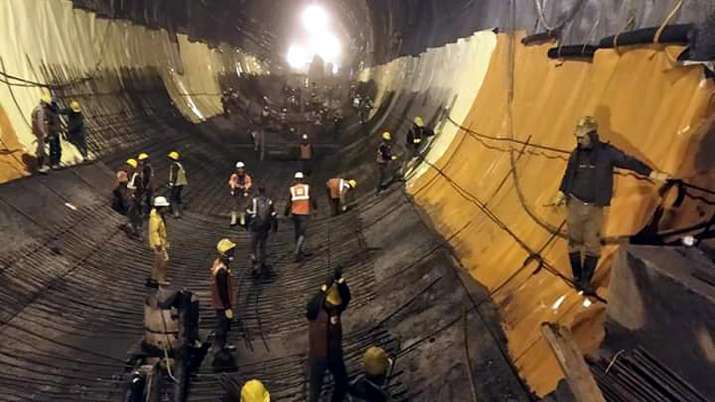The Indian energy sector has undergone a series of significant changes in recent years. However, the onset of the pandemic remains a key event in intensifying the pre-existing imbalance between demand and supply in the energy sector. The economic slowdown and steep highs and lows in the market further accelerated business transformations to remain competitive in the digitally driven world and drilling is no longer an exception.
Today, the integration of technology in the energy sector opens new frontiers in drilling that leads to efficient oil exploration and production processes. It demonstrates lower costs with increased profits that help energy companies be resilient in the uncertain market scenario. From data analytics to Artificial Intelligence (AI), technology is emerging as a significant driver in refining budgets and implementing digitalization. Leveraging digital transformation, drilling companies in India are overcoming disruptions and paving the way for a more sustainable future.
Automation: Increased efficiency
Energy is one of the most critical sectors of the economy that faces a myriad of challenges linked to cost and time efficiency. The adoption of digital processes potentially addresses a wide range of challenges through automation that creates a sea of opportunities. According to the stats – the global market value of automation technology in the oil and gas sector is projected to reach around $42 bn by 2030.
The integration of automation helps drilling companies to monitor pipeline networks remotely and detect major concerns beforehand. The implications of automation in drilling involve RPA (Robotics Process Automation) and intelligent automation that significantly reduces time, inaccuracy and risks associated with human errors to improve audibility. Furthermore, drilling companies leverage RPA in automating cycle times to improve supply chain efficiency.
Out of the wide range of automation systems, drones in offshore drilling are one of the biggest implications of automation technology. Submersible bots and drones play a significant role in reaching out to inaccessible areas in offshore drilling. Additionally, it also leaves a huge impact on increasing worker safety in risky locations.
Industrial IoT:
The Internet of Things (IoT) demonstrates enormous potential in redefining the energy sector. It drives the drilling management process with advanced safety and efficiency. The use of smart devices interconnected sends timely alerts to energy companies to reduce emergency situations. The drilling sites are normally hazardous and require greater effort in protecting workers. To create a safer drilling environment, IoT devices provide detailed analysis of the environment and help workers navigate the site with safety.
Many energy companies use IoT sensors in monitoring performance and operations. These sensors provide real-time alerts to drilling teams and help in decision-making. Furthermore, drilling teams create digital twins of the site with the help of IoT reports that help predict maintenance issues and optimize the drilling and production processes more efficiently.
Cloud computing: Driving sustainability
Cloud computing combines data and analysis and has proven to be a significant area of digital technology in transforming any industry. Cloud computing facilitates companies to store data and access it anytime anywhere which can be used to make better decisions in processing, planning and production methods.
At oil drilling sites, natural gas flaring is a common method of disposal. Drilling companies adopting cloud systems can upgrade their strategies to manage gas flaring and reduce the considerable amount of carbon dioxide that goes directly into the Earth’s atmosphere during the process.
Implementation and improvements around the cloud system will further bring energy efficiency to data transport. Hence, the technology paves way for a sustainable drilling process.
Apart from cloud storage systems, advanced data analytics can provide insights for improved operational and managerial process efficiency. In addition, seismic data gathered during the drilling process can help companies reduce risks, increase the success rate and save monetary resources.
On the other hand, data combined with AI algorithms can provide data to offshore drilling companies for predicting the maintenance of assets.
What’s in the future?
The digital transformation in the energy and drilling sector is underway. The drilling companies are expediting their digital adoption journeys by using AI, cloud, IoT and other next-gen technologies to build an agile and digitally driven ecosystem. This will pave a highly efficient, safe and sustainable future for drilling activities in India even during turbulent times.







